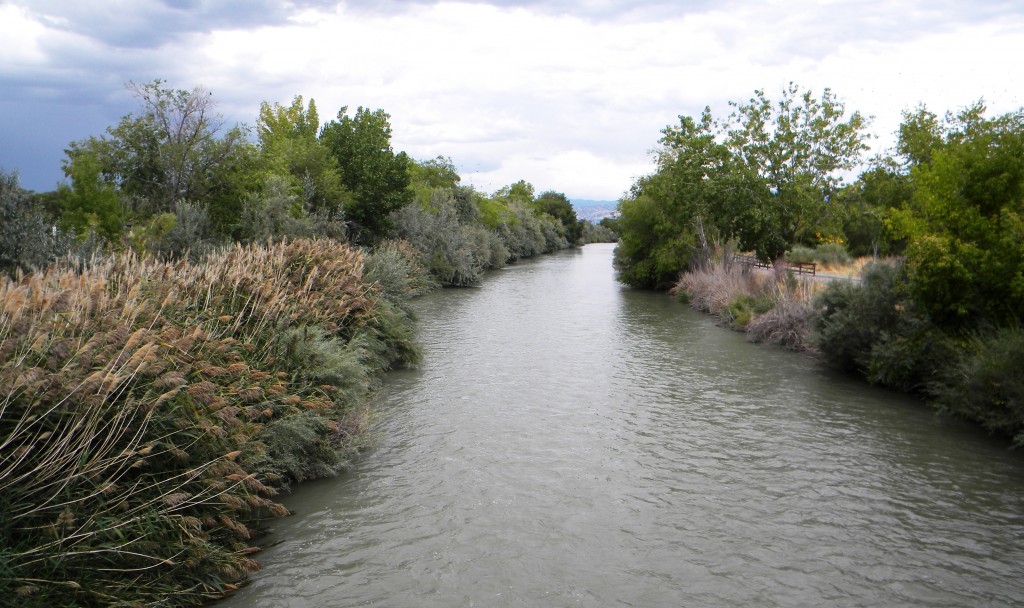
The Jordan River Commission is excited to advance the next phase of an applied research project to evaluate the effects of modest adjustments in the management of water flows in the lower Jordan River in achieving dissolved oxygen (DO) improvements while also improving riparian and wetland habitat. The project is funded and supported by the Utah Division of Water Quality.
The Jordan River is highly managed, and water flow in the river is controlled at several points along its 50-mile path from Utah Lake to the Great Salt Lake. The quality of the water in the river is considered “impaired” by the State Division of Water Quality and the EPA for a variety of parameters (temperature, total dissolved solids, dissolved oxygen, and E. coli). The State DWQ is currently in the process of studying levels of dissolved oxygen in the river through a process and report called a Total Maximum Daily Load (TMDL). There is a relationship between dissolved oxygen and the amount of organic matter (leaves, grass clippings, sticks, algae) in the water, as well as the temperature of the water. Too little dissolved oxygen in the water means that aquatic animals like fish and aquatic insects cannot survive.
This project, initially led by the national non-profit River Network, attempts to explore the relationship between water flow and dissolved oxygen. Commission has hired Cirrus Ecological Solutions, a local consulting firm, to assist with the planning, design and implementation of a series of flow management experiments in the lower Jordan River. The goal is to determine whether or not increases in water flow in the river channel can positively impact the level of dissolved oxygen in the river.
The first field experiments are expected to occur in Summer of 2016.

